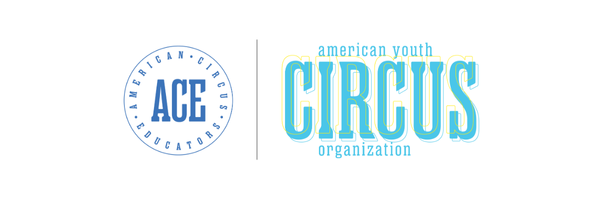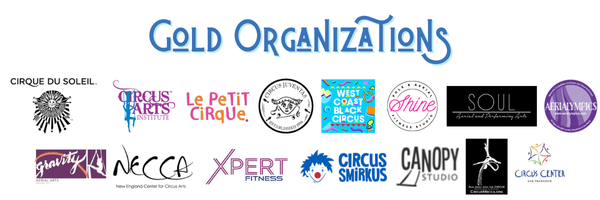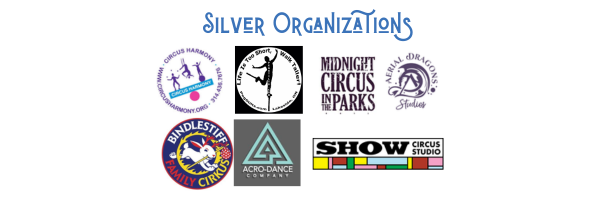The number one thing I would like to promote in aerial arts is a willingness to ask questions and seek information, not just for the folks new to aerial arts, but also for long-established professionals.
I started the Safety in Aerial Arts page about 4 years ago because I’d found several groups for aerial students focused on skill or trick sharing, but very little discussion of safe rigging or training practices outside of a couple of groups for professional riggers. I felt there was a need for greater communication between professionals and newer enthusiasts, especially as aerial arts as a form of fitness and recreation continue to grow in popularity. My hope was that a forum for people of different backgrounds and levels of experience would help improve awareness of the safety issues inherent in aerial arts and provide a means for people to connect and consult with professionals to assist them in learning better practices. Most of the discussions on the page focus on rigging, but many also focus on injury management and prevention as well as practices for safer studios (e.g. how to manage open practices and the issues of students wanting to learn from Instagram and YouTube). The other administrators of the group, Delbert Hall and Jonathan Deull, are highly-experienced professional riggers; I’m immensely grateful for their continued assistance and contributions of their knowledge with the group.
Over the past two years, there seems to be a growing number of members coming to the group from pole fitness and aerial yoga, not just aerial circus arts and circus rigging. There has also been a growing number of members interested in rigging for home practice; their discussions generally focus on the challenges of rigging to home structures (most home are not built to support point loads for aerial apparatus), the advantages of using portable free-standing rigs instead, and the issues of training without the supervision of an experienced instructor.
At the other end of the spectrum, there has also been a growing number of professional performers and riggers from the stunt, arena, and theatre industries contributing their experience to the discussions, which has been extremely helpful. Whenever an accident involving aerial performers makes the news, there’s a spike in member requests for the group—there was a large spike in 2014 right after the Ringing hair hang accident and another this past year after an aerialist was badly injured in Bali. Accidents like these are horrifying reminders of the dangers of aerial arts and the necessity of awareness of better practices.
Unfortunately, the rigging discussions sometimes descend into mockery of poor practices or snarking at each other (as lots of riggers’ groups will sometimes do). This has the drawback of turning away non-professionals or newer enthusiasts—the very people who need access to better information. To minimize that problem, I set some rules of conduct to help keep the discussions respectful and constructive. From time to time I have to step in to remind people about these rules, but overall, the tone seems to have improved over the past couple of years.
Here are the rules of conduct briefly:
- Posting pictures:
- No posting pictures of rigging set-ups that include people’s faces; do not identify a person or studio directly.
- If you come across a questionable or potentially dangerous rigging situation, please try to contact the people involved BEFORE posting publicly.
- If you post photos of rigging, specify what your concerns or questions are. Post at least 2 clear photos from 2 or more angles and a list from top to bottom of all identifiable hardware (including sizes if possible) or your post may be deleted.
- Be respectful and constructive when commenting or asking for further information. Communicate concern instead of derision—offer possible solutions, not insults.
- Be open to other opinions. Be objective and ready to listen to others without being defensive.
- Remember that the technology, materials, and practices used in rigging are continually evolving; be ready to change your own practices to improve and maintain high safety standards. Let’s keep our egos in check!
- Above all, be patient and supportive of each other.
It’s all too easy to get into a mindset of “I’ve been doing it this way for ___ number of years and that’s that,” but that can cause us to miss a vital new piece of information or development that can make our practices even better. Remember that we can always learn more is the best way to keep us humble enough to accept new ideas and to be patient and respectful with others who are newer to the field and just starting that learning process themselves. That respect is critical for building greater community between aerial students, instructors, professional performers, and professional riggers.
Liz Cooper is the creator of and moderator for the Safety in Aerial Arts Facebook page.
Click here to see this article in its full glory in the gorgeously designed Spring 2018 Issue of ACE Digital Magazine.


